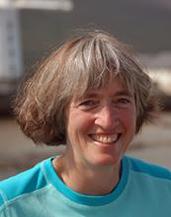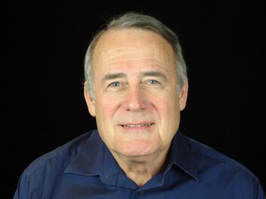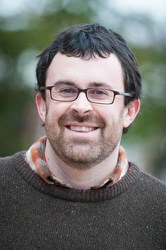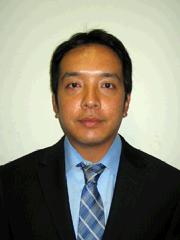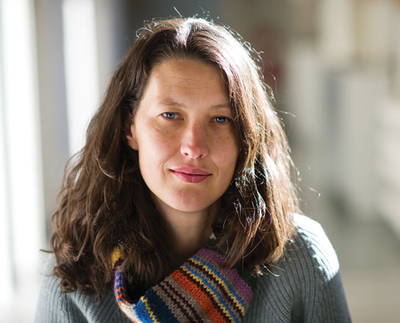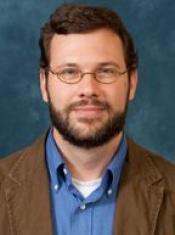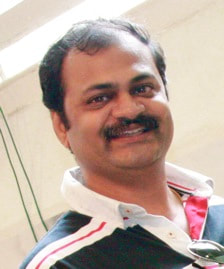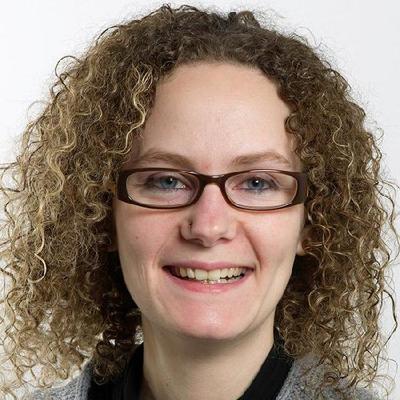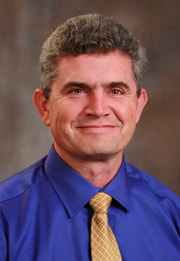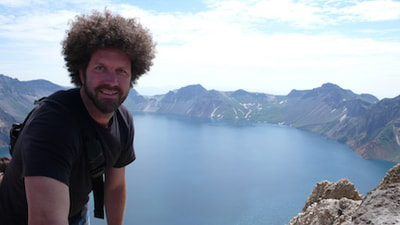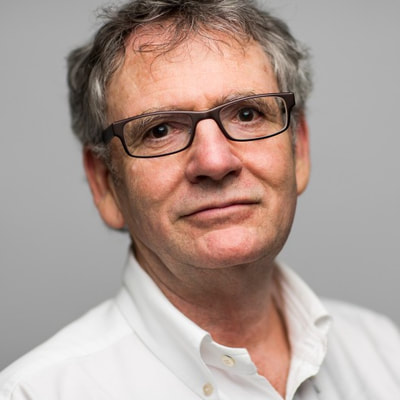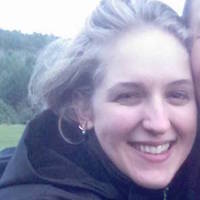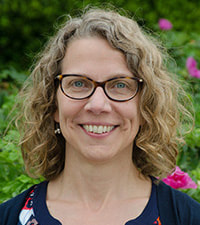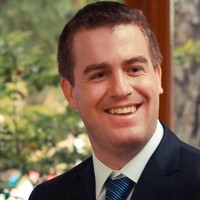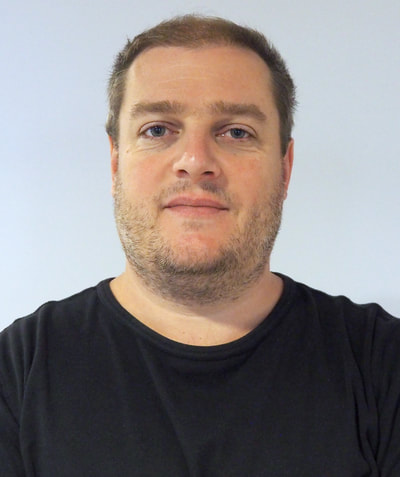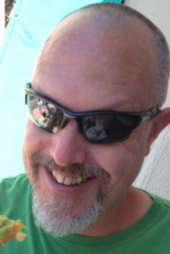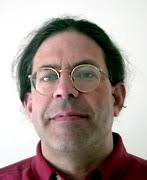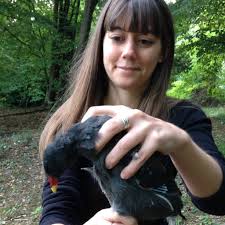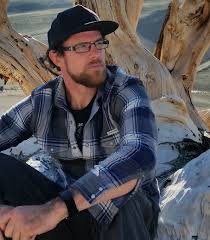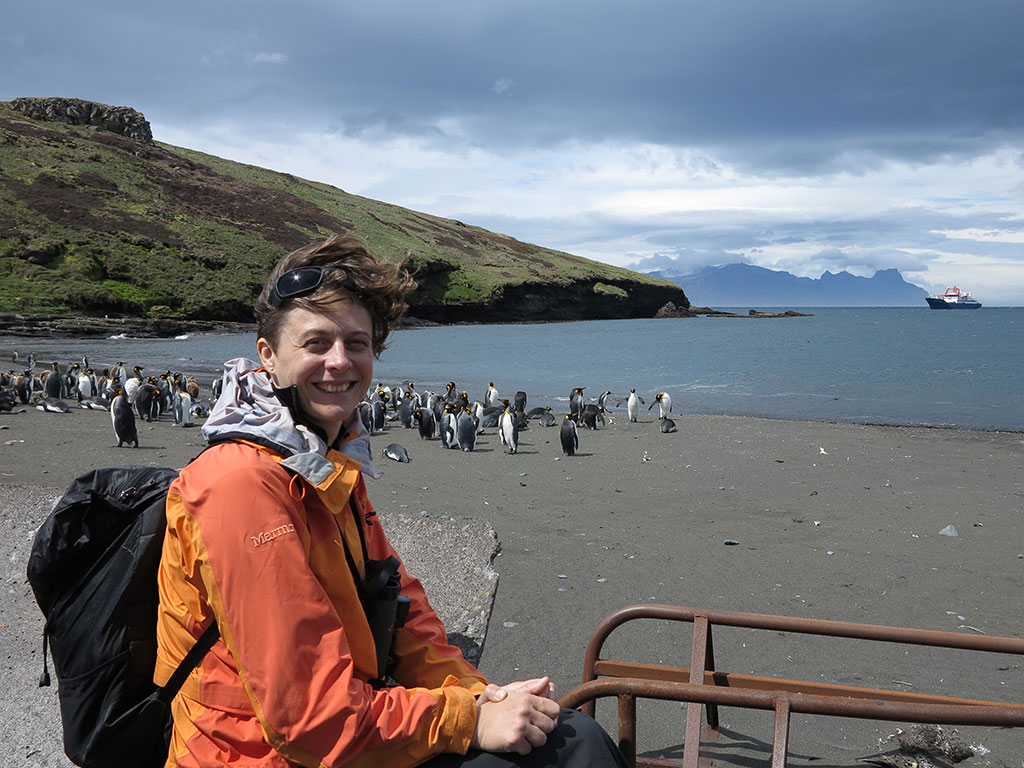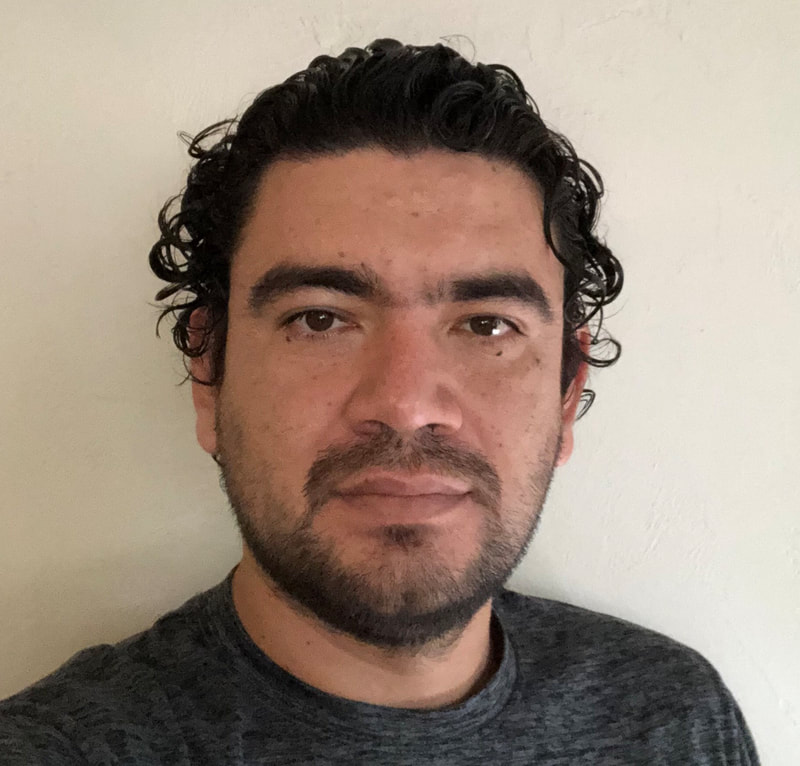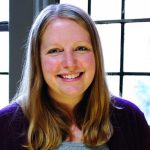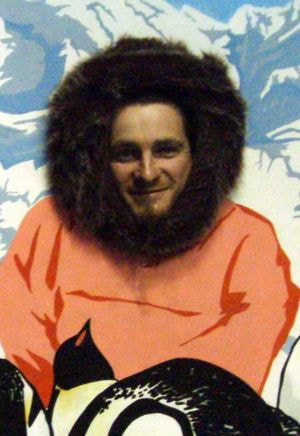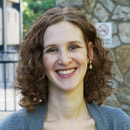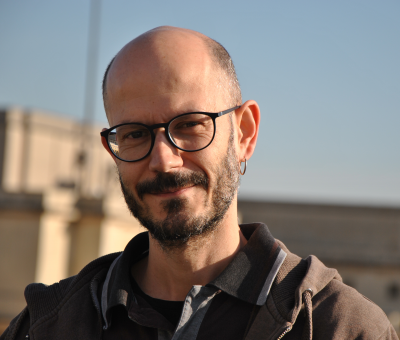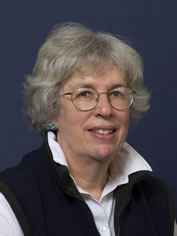.
To maximize participation and interactions among researchers, we do not have concurrent sessions. We have a single session with two kinds of presentations: Invited Keynote Speakers and Contributed Lightning Talks. Keynote Speakers give 20 min talks plus 5 min for questions. They include scientists from all stages of their careers.
To maximize participation and interactions among researchers, we do not have concurrent sessions. We have a single session with two kinds of presentations: Invited Keynote Speakers and Contributed Lightning Talks. Keynote Speakers give 20 min talks plus 5 min for questions. They include scientists from all stages of their careers.
Keynote Speakers
and more ...

Wenyun Zuo
Stanford University, Stanford, CA
"Traveling Wave: Advancing front of old-age human survival"
I was a Howard Hughes Medical Institute interfaces scholar at the University of New Mexico for my PhD study. I have been engaged in various theoretical researches on ecology and evolution, such as population dynamics, metabolic theory of ecology, life history, extinction, and sustainability of economic growth. I have been interested in general mortality patterns across species and the mortality caused extinction. Lately, I have been focusing on patterns, causes, dynamics and forecasting of human mortality for both old group, over age 65, and young group, under age 5.
excerpt from: Zuo et al. 2018 <www.pnas.org/cgi/doi/10.1073/pnas.1812337115>
"Old-age mortality decline has driven recent lifespan increases, but there is no agreement about the age pattern of old-age deaths. For example, some argue that old-age deaths should become compressed at advanced ages, and others argue that old-age deaths should become more dispersed with age. Here we show, for five decades in 20 developed countries, that old-age survival follows an advancing front, like a traveling wave. We make and test several predictions that support the existence of this front. Our unexpected result under-scores the plasticity of old-age human mortality, with deaths steadily delayed as societies develop, and supports an ongoing increase in the age of transition to disability. We find no evidence of an impending limit to human lifespan."
Stanford University, Stanford, CA
"Traveling Wave: Advancing front of old-age human survival"
I was a Howard Hughes Medical Institute interfaces scholar at the University of New Mexico for my PhD study. I have been engaged in various theoretical researches on ecology and evolution, such as population dynamics, metabolic theory of ecology, life history, extinction, and sustainability of economic growth. I have been interested in general mortality patterns across species and the mortality caused extinction. Lately, I have been focusing on patterns, causes, dynamics and forecasting of human mortality for both old group, over age 65, and young group, under age 5.
excerpt from: Zuo et al. 2018 <www.pnas.org/cgi/doi/10.1073/pnas.1812337115>
"Old-age mortality decline has driven recent lifespan increases, but there is no agreement about the age pattern of old-age deaths. For example, some argue that old-age deaths should become compressed at advanced ages, and others argue that old-age deaths should become more dispersed with age. Here we show, for five decades in 20 developed countries, that old-age survival follows an advancing front, like a traveling wave. We make and test several predictions that support the existence of this front. Our unexpected result under-scores the plasticity of old-age human mortality, with deaths steadily delayed as societies develop, and supports an ongoing increase in the age of transition to disability. We find no evidence of an impending limit to human lifespan."
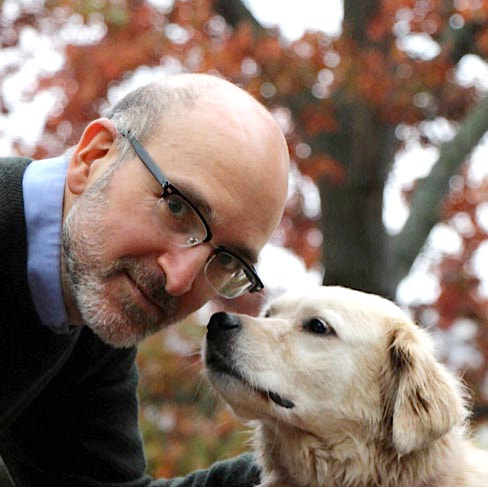
Daniel Promislow
University of Washington, Seattle, WA
"The Dog Aging Project: Genes and Environment, Doggos and Demography"
Daniel Promislow attended Oxford University as a Rhodes Scholar, where he received his Ph.D. in 1990 on the biology of aging in natural populations of mammals. He has authored over 100 articles and books, and is internationally recognized for his work on the evolution of aging. Dr. Promislow has been recognized with numerous awards, including an Ellison Medical Foundation Senior Scholar in Aging Award, a Breakthroughs in Gerontology Award, and appointment in 2007 as a Fellow of the American Association for the Advancement of Science. Dr. Promislow is the founding Director of the Canine Longevity Consortium, an organization funded by the National Institutes of Health and dedicated to understanding the causes of aging in companion dogs.
University of Washington, Seattle, WA
"The Dog Aging Project: Genes and Environment, Doggos and Demography"
Daniel Promislow attended Oxford University as a Rhodes Scholar, where he received his Ph.D. in 1990 on the biology of aging in natural populations of mammals. He has authored over 100 articles and books, and is internationally recognized for his work on the evolution of aging. Dr. Promislow has been recognized with numerous awards, including an Ellison Medical Foundation Senior Scholar in Aging Award, a Breakthroughs in Gerontology Award, and appointment in 2007 as a Fellow of the American Association for the Advancement of Science. Dr. Promislow is the founding Director of the Canine Longevity Consortium, an organization funded by the National Institutes of Health and dedicated to understanding the causes of aging in companion dogs.
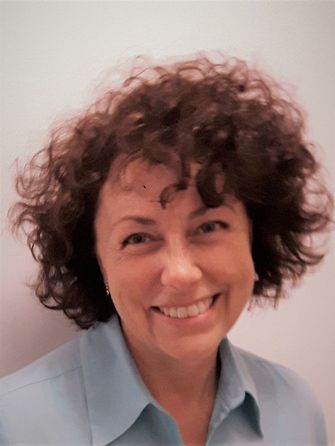
Elisabetta Barbi
University of Rome "La Sapienza", Rome, Italy
"Demography of Human Longevity"
In our recent statistical analysis on the survival probabilities of nearly 4,000 ‘super-elderly’ people in Italy, all aged 105 and older, we found clear evidence that the risk of death — which, throughout most of life, seems to increase as people age — levels off after age 105, creating a ‘mortality plateau’ (Barbi et al., Science 360, 1459–1461 (2018) 29 June 2018,).
I am an Associate Professor of Demography at Sapienza University of Rome (Italy) since 2008, where I teach “Demography” and “Demographic Models”. I graduated in Statistical and Demographic Sciences at Sapienza in 1995 and received a PhD in Demography from Florence University (Italy) in 1999. After obtaining a one-year post-doc scholarship at Max Planck Institute for Demographic Research (MPIDR) of Rostock-Germany, and a two-years research scholarship at Sapienza, I worked as Research Scientist at MPIDR from 2002 to 2004. From 2005 to 2008 I was Associate Professor of Demography at Messina University (Italy). I am the coordinator of the curriculum of Demography within the PhD program of Statistical Sciences at Sapienza University and a member of the Board of the European Doctoral School of Demography. I am Associate Editor of the scientific journal Genus (Springer) and I have been a member of the editorial board of the Springer series Demographic Research Monographs. I am among the Experts for Population Europe, the network of Europe’s leading demographic research centers (www.population-europe.eu) as well as a contributor of the International Database on Longevity (www.supercentenarians.org). I am a member of the Italian Association for Population Studies within the Italian Statistical Society (www.sis-aisp.it) and of the Italian Society of Historical Demography (www.demostorica.it). I co-chaired the Panel “Social and Biological Determinants of Longevity” of the International Union for the Scientific Study of Population (www.iussp.org).
My recent research work focuses on: (i) human longevity and selective survival; (ii) parametric and semiparametric models for the statistical analysis of mortality surfaces, with applications to the study of period and cohort effects on elderly mortality; (iii) straightforward demographic measures as proxies of more complex composite indicators of socio-economic conditions.
University of Rome "La Sapienza", Rome, Italy
"Demography of Human Longevity"
In our recent statistical analysis on the survival probabilities of nearly 4,000 ‘super-elderly’ people in Italy, all aged 105 and older, we found clear evidence that the risk of death — which, throughout most of life, seems to increase as people age — levels off after age 105, creating a ‘mortality plateau’ (Barbi et al., Science 360, 1459–1461 (2018) 29 June 2018,).
I am an Associate Professor of Demography at Sapienza University of Rome (Italy) since 2008, where I teach “Demography” and “Demographic Models”. I graduated in Statistical and Demographic Sciences at Sapienza in 1995 and received a PhD in Demography from Florence University (Italy) in 1999. After obtaining a one-year post-doc scholarship at Max Planck Institute for Demographic Research (MPIDR) of Rostock-Germany, and a two-years research scholarship at Sapienza, I worked as Research Scientist at MPIDR from 2002 to 2004. From 2005 to 2008 I was Associate Professor of Demography at Messina University (Italy). I am the coordinator of the curriculum of Demography within the PhD program of Statistical Sciences at Sapienza University and a member of the Board of the European Doctoral School of Demography. I am Associate Editor of the scientific journal Genus (Springer) and I have been a member of the editorial board of the Springer series Demographic Research Monographs. I am among the Experts for Population Europe, the network of Europe’s leading demographic research centers (www.population-europe.eu) as well as a contributor of the International Database on Longevity (www.supercentenarians.org). I am a member of the Italian Association for Population Studies within the Italian Statistical Society (www.sis-aisp.it) and of the Italian Society of Historical Demography (www.demostorica.it). I co-chaired the Panel “Social and Biological Determinants of Longevity” of the International Union for the Scientific Study of Population (www.iussp.org).
My recent research work focuses on: (i) human longevity and selective survival; (ii) parametric and semiparametric models for the statistical analysis of mortality surfaces, with applications to the study of period and cohort effects on elderly mortality; (iii) straightforward demographic measures as proxies of more complex composite indicators of socio-economic conditions.
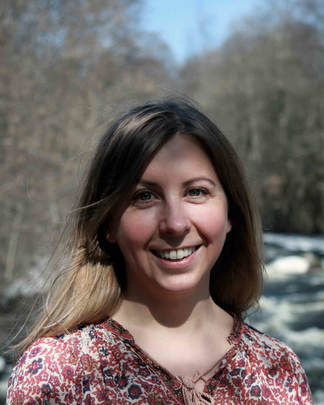
Yngvild Vindenes
University of Oslo, Norway
«Using demographic approaches to understand ecological and evolutionary responses to a warmer and more variable world»
I am interested in how individual differences in traits and life histories arise and influence ecological and evolutionary processes. My main approach to investigate these issues is demographic modeling (e.g. using matrix models and integral projection models) and analyses of long-term individual-based data. I am an associate editor in Functional Ecology (2017-) and subject editor in Oikos (2015-), and was previously an associate editor in Animal Conservation (2013-2016).
University of Oslo, Norway
«Using demographic approaches to understand ecological and evolutionary responses to a warmer and more variable world»
I am interested in how individual differences in traits and life histories arise and influence ecological and evolutionary processes. My main approach to investigate these issues is demographic modeling (e.g. using matrix models and integral projection models) and analyses of long-term individual-based data. I am an associate editor in Functional Ecology (2017-) and subject editor in Oikos (2015-), and was previously an associate editor in Animal Conservation (2013-2016).
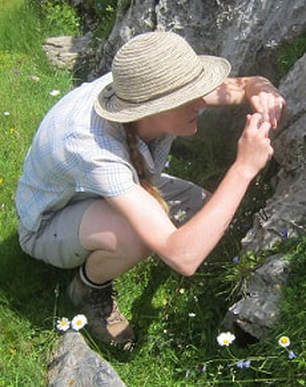
Emily Bruns
University of Virginia, Charlottesville
“The evolution of age-specific resistance: a case study of anther-smut disease on wild carnations”
I am interested in factors that maintain genetic variation in host-pathogen systems. My Ph.D research examined constraints to the evolution of pathogen infection and spore production in the oat crown rust fungus.
University of Virginia, Charlottesville
“The evolution of age-specific resistance: a case study of anther-smut disease on wild carnations”
I am interested in factors that maintain genetic variation in host-pathogen systems. My Ph.D research examined constraints to the evolution of pathogen infection and spore production in the oat crown rust fungus.
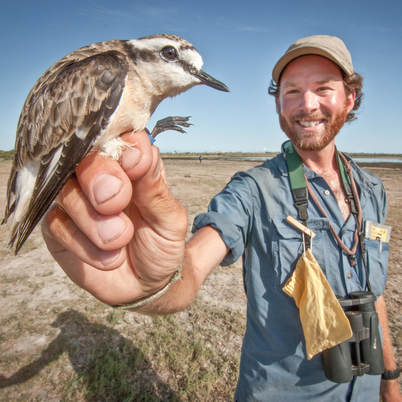
Luke Eberhart-Phillips
Max Planck Institute for Ornithology, Seewiesen, Germany
“The interplay between behavioral ecology and population dynamics”
I am interested in the evolutionary relationships between social behaviour and demography. Specifically, I want to understand how animal breeding systems are shaped by extrinsic social and ecological environments and by intrinsic phylogenetic constraints. To accomplish this, my work focuses largely on studying sex-specific variation in mating strategies, parental care, reproductive success, survival, and movement in wild avian populations. My main study system is the shorebirds (suborder Charadrii), whose diverse life histories and extreme tractability in the field make them ideal organisms to exemplify fundamental principles of ecology and evolutionary biology. Furthermore, as many shorebird populations worldwide are in decline and threatened, an important applied aspect of my research is to understand vital rate variation in light of population viability and conservation.
Max Planck Institute for Ornithology, Seewiesen, Germany
“The interplay between behavioral ecology and population dynamics”
I am interested in the evolutionary relationships between social behaviour and demography. Specifically, I want to understand how animal breeding systems are shaped by extrinsic social and ecological environments and by intrinsic phylogenetic constraints. To accomplish this, my work focuses largely on studying sex-specific variation in mating strategies, parental care, reproductive success, survival, and movement in wild avian populations. My main study system is the shorebirds (suborder Charadrii), whose diverse life histories and extreme tractability in the field make them ideal organisms to exemplify fundamental principles of ecology and evolutionary biology. Furthermore, as many shorebird populations worldwide are in decline and threatened, an important applied aspect of my research is to understand vital rate variation in light of population viability and conservation.

Rebecca Sear
London School of Hygiene and Tropical Medicine, London, UK
"Evolutionary ‘population studies’: how can evolutionary theory help us understand variation in human fertility across time and space?"
My background is interdisciplinary: after an education in Zoology (BSc, Nottingham University), Statistics (Diploma, University College London) and Biological Anthropology (MSc and PhD, Unversity College London), I taught demography at the London School of Economics for 8 years before becoming a Reader in Evolutionary Anthropology at Durham University.
I took up my current post at LSHTM in April 2012, and have my own research group here, the first Evolutionary Demography Group in the UK, which is nested within the Population Studies Group. I am currently Head of the Department of Population Health.
London School of Hygiene and Tropical Medicine, London, UK
"Evolutionary ‘population studies’: how can evolutionary theory help us understand variation in human fertility across time and space?"
My background is interdisciplinary: after an education in Zoology (BSc, Nottingham University), Statistics (Diploma, University College London) and Biological Anthropology (MSc and PhD, Unversity College London), I taught demography at the London School of Economics for 8 years before becoming a Reader in Evolutionary Anthropology at Durham University.
I took up my current post at LSHTM in April 2012, and have my own research group here, the first Evolutionary Demography Group in the UK, which is nested within the Population Studies Group. I am currently Head of the Department of Population Health.
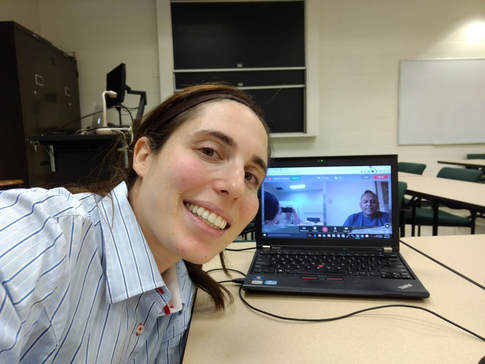
Shayna Bernstein
University of Miami, Coral Gables, FL
currently Israel
"An age-stage Markovian approach to dynamic heterogeneity and poverty"
I address populations where mortality is structured by the joint effects of age and state and individuals can change state at each age. Dynamic states are the most ... interesting. I focus on three types of dynamic states: being married or unmarried, being below or above a particular income threshold, or being in one of four income states. The transience of these states at each age drives cohort dynamics of demographic structure and lifespan inequalities within the cohort. I use two U.S. nationally representative data-sets (the Health and Retirement Survey RAND data-set, and the National Longitudinal Survey of Youth) to statistically estimate the probabilities of survival and transitions between states at each age with regression analysis.
University of Miami, Coral Gables, FL
currently Israel
"An age-stage Markovian approach to dynamic heterogeneity and poverty"
I address populations where mortality is structured by the joint effects of age and state and individuals can change state at each age. Dynamic states are the most ... interesting. I focus on three types of dynamic states: being married or unmarried, being below or above a particular income threshold, or being in one of four income states. The transience of these states at each age drives cohort dynamics of demographic structure and lifespan inequalities within the cohort. I use two U.S. nationally representative data-sets (the Health and Retirement Survey RAND data-set, and the National Longitudinal Survey of Youth) to statistically estimate the probabilities of survival and transitions between states at each age with regression analysis.

Ulrich Steiner
University of Southern Denmark, Odense, Denmark
"Evolution of individual heterogeneity"
I am interested in demographic models of age- and stage-structured populations parameterizing them with lab data from bacteria or longitudinal data of natural populations. My recent work suggests that large amounts of variability in individual fitness components might be neutral and that we are challenged by accurately detecting adaptive processes within a variety of study systems.
University of Southern Denmark, Odense, Denmark
"Evolution of individual heterogeneity"
I am interested in demographic models of age- and stage-structured populations parameterizing them with lab data from bacteria or longitudinal data of natural populations. My recent work suggests that large amounts of variability in individual fitness components might be neutral and that we are challenged by accurately detecting adaptive processes within a variety of study systems.
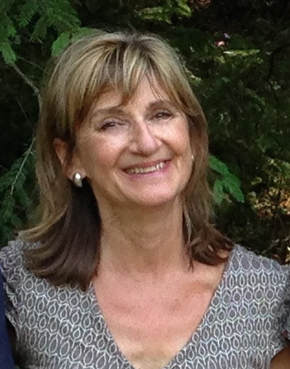
Susan Kalisz
University of Tennessee, Knoxville
"Evolutionary demography of a sex-switching perennial plant: Life history and sex ratio shifts via indirect effects"
The Kalisz lab explores concepts and theories relating to the evolution, ecology and conservation of plants. We address a wide array of topics including the conditions that favor or maintain self-pollination, pollination ecology, mating barriers among and the biogeography of Collinsia, the role of enemies and mutualists on population demography, and the developmental genetics of floral symmetry and mating system.
University of Tennessee, Knoxville
"Evolutionary demography of a sex-switching perennial plant: Life history and sex ratio shifts via indirect effects"
The Kalisz lab explores concepts and theories relating to the evolution, ecology and conservation of plants. We address a wide array of topics including the conditions that favor or maintain self-pollination, pollination ecology, mating barriers among and the biogeography of Collinsia, the role of enemies and mutualists on population demography, and the developmental genetics of floral symmetry and mating system.
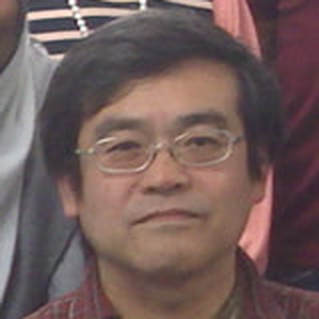
Takenori Takada
Hokkaido University, Hokudai, Japan
"Randomly-generated population projection matrices and COMPADRE Plant Matrix Database: Focusing on elasticity and inter-stage flow"
Our laboratory specializes in mathematical models in ecology... the mechanisms of dynamics and evolution both in populations and communities. We use projection matrix models, competition models and game theory etc., as the mathematical tools... we have just begun the analysis of big data on population dynamics. That is the reason big data on the dynamics of plant and animal populations became available on line (COMPADRE and COMADRE) in 2014 and 2015. These databases aggregated the results of field study on 2200 species and allow us to synthesize the statistical results of each species and to examine the common and special characteristics of the species.
Hokkaido University, Hokudai, Japan
"Randomly-generated population projection matrices and COMPADRE Plant Matrix Database: Focusing on elasticity and inter-stage flow"
Our laboratory specializes in mathematical models in ecology... the mechanisms of dynamics and evolution both in populations and communities. We use projection matrix models, competition models and game theory etc., as the mathematical tools... we have just begun the analysis of big data on population dynamics. That is the reason big data on the dynamics of plant and animal populations became available on line (COMPADRE and COMADRE) in 2014 and 2015. These databases aggregated the results of field study on 2200 species and allow us to synthesize the statistical results of each species and to examine the common and special characteristics of the species.
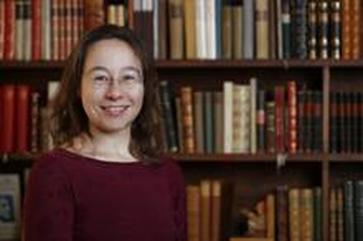
Susanne Schindler
University of Bristol, UK
"Life-history consequences of conflict between social groups"
I am a mathematician by training and apply my skills to answer relevant biological questions. I develop state-of-the-art models to investigate the evolutionary consequences of sexual selection, sex-specific demography, and trade-offs in life-history traits. Recently, I have broadened my portfolio to the evolutionary ecology of cancer, ontogenetic growth strategies, and the interaction between both. Currently, I'm investigating how out-group conflicts affect the evolution of life-history traits.
University of Bristol, UK
"Life-history consequences of conflict between social groups"
I am a mathematician by training and apply my skills to answer relevant biological questions. I develop state-of-the-art models to investigate the evolutionary consequences of sexual selection, sex-specific demography, and trade-offs in life-history traits. Recently, I have broadened my portfolio to the evolutionary ecology of cancer, ontogenetic growth strategies, and the interaction between both. Currently, I'm investigating how out-group conflicts affect the evolution of life-history traits.
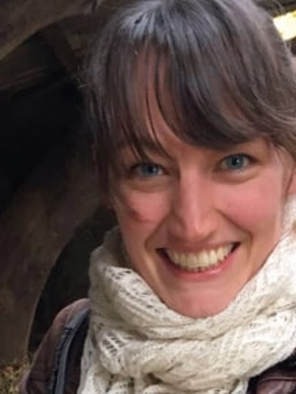
Lotte De Vries
University of Amsterdam, the Netherlands
"Linking life history theory, population genetics and population ecology using evolutionary demography: a matrix population approach"
My research focuses on developing mathematical frameworks to incorporate novel kinds of individual information (incorporating different sources of heterogeneity). We combine simple Mendelian genetics with matrix population models for stage-classified demography. Genotypes may affect, in fully pleiotropic fashion, any mixture of demographic traits (viability, fertility, development) at any points in the life cycle. The model can be used to study the evolution of sexual dimorphisms. The dynamics of the stage x genotype structure of the population are given by a nonlinear population projection matrix. We derive sufficient conditions for a protected genetic polymorphism for the case of linear, time-independent demography. Genotype-specific population growth rates (λ) do not determine the outcome of selection. Except in special cases, heterozygote superiority in λ is neither necessary nor sufficient for a genetic polymorphism. As a consequence, populations can be driven to extinction due to evolutionary suicide. The framework has been applied to study the maintenance of a colour polymorphism and the effect of assortative mating in the common buzzard, and to study the evolution of pesticide resistance in a density-dependent model of a beetle. This work is part of Hal Caswell's advanced ERC grant entitled "Individual stochasticity and population heterogeneity in plant and animal demography."
University of Amsterdam, the Netherlands
"Linking life history theory, population genetics and population ecology using evolutionary demography: a matrix population approach"
My research focuses on developing mathematical frameworks to incorporate novel kinds of individual information (incorporating different sources of heterogeneity). We combine simple Mendelian genetics with matrix population models for stage-classified demography. Genotypes may affect, in fully pleiotropic fashion, any mixture of demographic traits (viability, fertility, development) at any points in the life cycle. The model can be used to study the evolution of sexual dimorphisms. The dynamics of the stage x genotype structure of the population are given by a nonlinear population projection matrix. We derive sufficient conditions for a protected genetic polymorphism for the case of linear, time-independent demography. Genotype-specific population growth rates (λ) do not determine the outcome of selection. Except in special cases, heterozygote superiority in λ is neither necessary nor sufficient for a genetic polymorphism. As a consequence, populations can be driven to extinction due to evolutionary suicide. The framework has been applied to study the maintenance of a colour polymorphism and the effect of assortative mating in the common buzzard, and to study the evolution of pesticide resistance in a density-dependent model of a beetle. This work is part of Hal Caswell's advanced ERC grant entitled "Individual stochasticity and population heterogeneity in plant and animal demography."
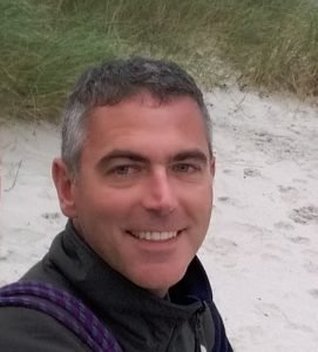
Ron Bassar
Williams College Williamstown, MA
"Linking experimental studies in the laboratory and nature to understand eco-evolutionary feedbacks: an example using Trinidadian guppies"
One of my research interests: I build theoretical models of size-structured eco-evolutionary interactions among competing species that make predictions about the conditions under which rapid evolutionary change can influence the likelihood of coexistence. I use experiments on natural and experimental populations to test whether these changes are responsible for coexistence in a system where current theory says the species should not coexist. Experimental components of the project involve the Trinidadian guppy/killifish system.
Williams College Williamstown, MA
"Linking experimental studies in the laboratory and nature to understand eco-evolutionary feedbacks: an example using Trinidadian guppies"
One of my research interests: I build theoretical models of size-structured eco-evolutionary interactions among competing species that make predictions about the conditions under which rapid evolutionary change can influence the likelihood of coexistence. I use experiments on natural and experimental populations to test whether these changes are responsible for coexistence in a system where current theory says the species should not coexist. Experimental components of the project involve the Trinidadian guppy/killifish system.
Selected Lightning Talk Presenters
|
We are expecting up to 65 Contributed Lightning Talks. Lightning Talks are 5 min each plus 3 min for questions. They may or may not be accompanied by a poster. Lightning Talks page will be updated soon
|
